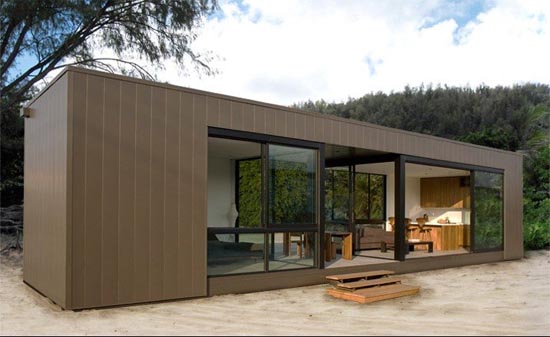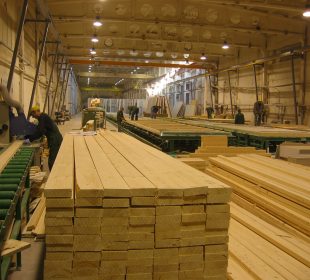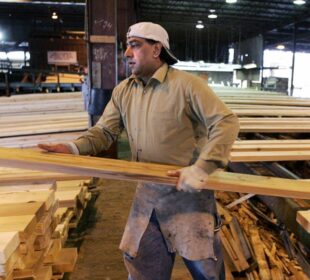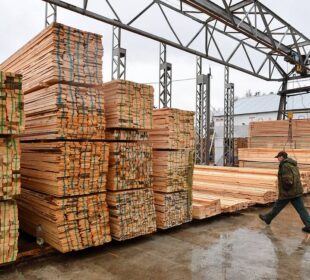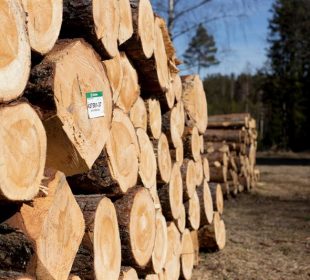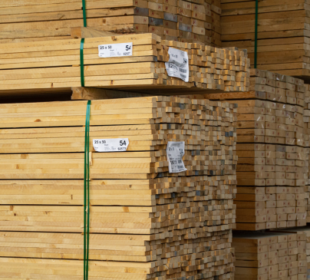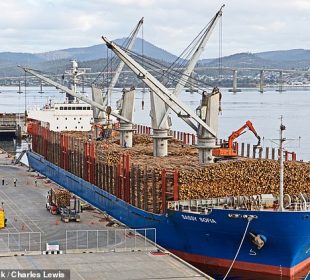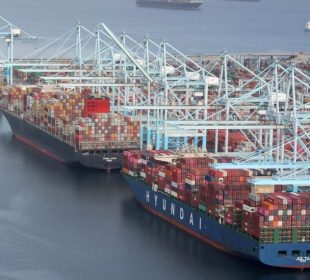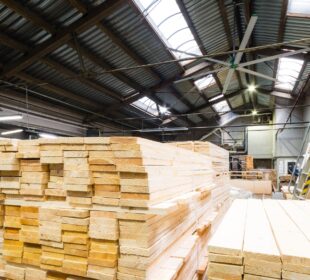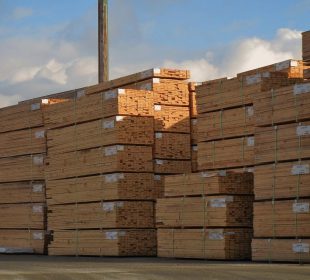Global demand for prefabricated housing is forecast to increase 2.7 percent per annum through 2019 to 3.4 million units, according to a new Freedonia study. In the developing countries of the Asia/ Pacific region, Africa/Mideast region, and Central and South America, advances in overall housing activity as well as greater market penetration of prefabricated housing will drive gains demand going forward.
In these regions, prefabricated housing will find applications both as low cost units to reduce housing shortages (particularly in multifamily applications) and as high quality, well-insulated houses for more affluent consumers, says Freedonia in its study.
Most higher income countries (outside of the US and Japan) have low penetration levels for prefabricated housing, but its generally lower cost, shorter construction time, and greater energy efficiency will stimulate demand.
Asia/Pacific region will dominate global demand
The Asia/Pacific region accounts for the vast majority of prefabricated housing demand. China alone will account for approximately two-fifths of new global demand generated between 2014 and 2019, even though prefabricated housing has not gained wide public acceptance in China.
The majority of prefabricated houses in China are temporary units, which are used to house construction workers and for disaster relief housing. In contrast to China, prefabricated housing units in India tend to be “kit homes” used as low-cost housing options. Modular homes are also popular in that country, particularly those constructed from shipping containers.
Japan was a key market for prefabricated housing historically, but the country’s prefabricated housing industry will grow at a below global average pace through 2019 as the country’s overall residential construction market is not expected to perform well. However, prefabricated housing’s share of new housing units in Japan has risen since 2004, and is expected to do so going forward.
According to Freedonia, worldwide gains in prefabricated housing demand will be bolstered by an acceleration in the United States as that country’s housing market continues to recover. While US demand for prefabricated housing will advance at double digit annual rates through 2019, prefabricated housing’s share of new housing units will decline slightly during this time.
Demand for prefabricated housing in the Africa/Mideast region is forecast to grow at the most rapid rate of any region, but the level of activity will remain under 200,000 units in 2019. More traditional building methods are common throughout the region, particularly in the lower income countries.
Central and South America will also post above average gains in prefabricated housing demand through 2019, though it will continue to account for only a small share of the global market. In general, home buyers in the region continue to prefer site built homes, and prefabricated housing is seen as an inferior product. Product improvements for prefabricated housing will aid modest demand growth through 2019, says Freedonia.
Panelized & precut homes will lead volume gains
Panelized and precut homes will post the best growth in terms of units produced through 2019, realizing annual gains of 3.6 percent per year. These types of prefabricated housing are more readily transportable and will benefit from demand growth in lower income countries as well as in Japan -- where high costs of manufacturing will attract further imports of prefabricated homes.
Manufactured and modular housing production, the majority of which occurs in the US, will post the fastest gains through 2019 as demand in the US rebounds sharply.
[gravityform id="1" title="true" description="true"]
[gravityform id="2" title="true" description="true"]

